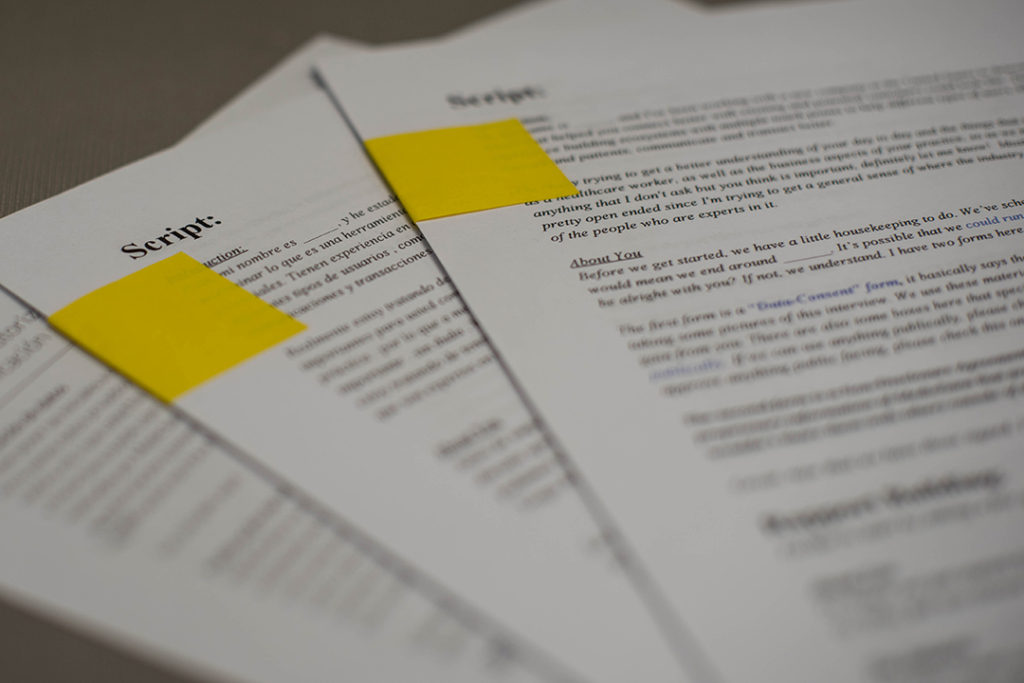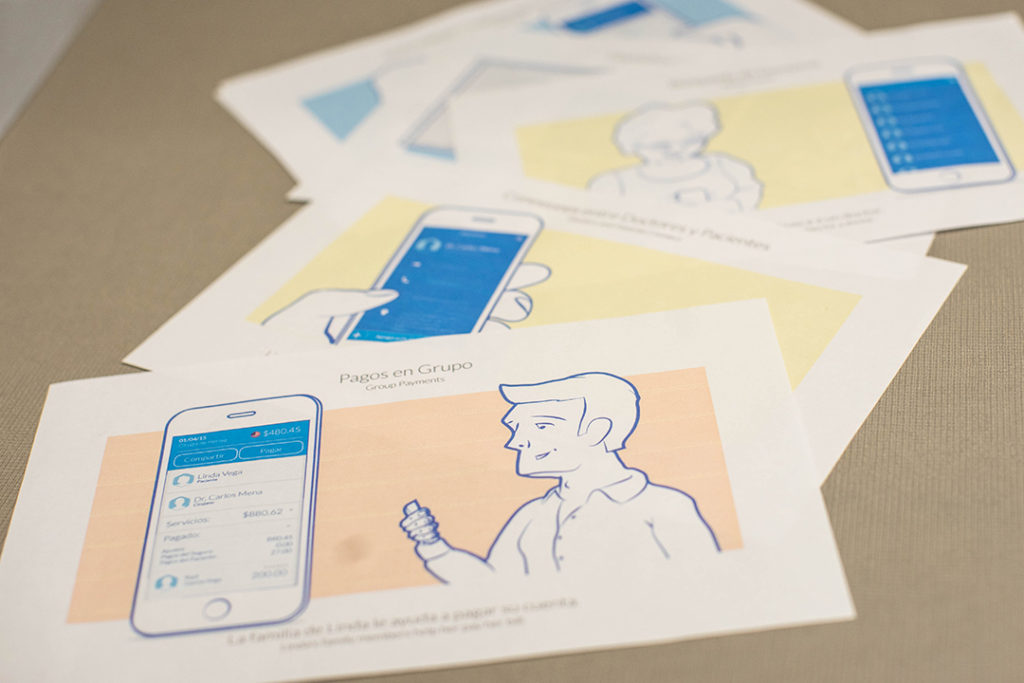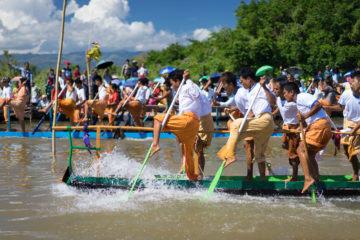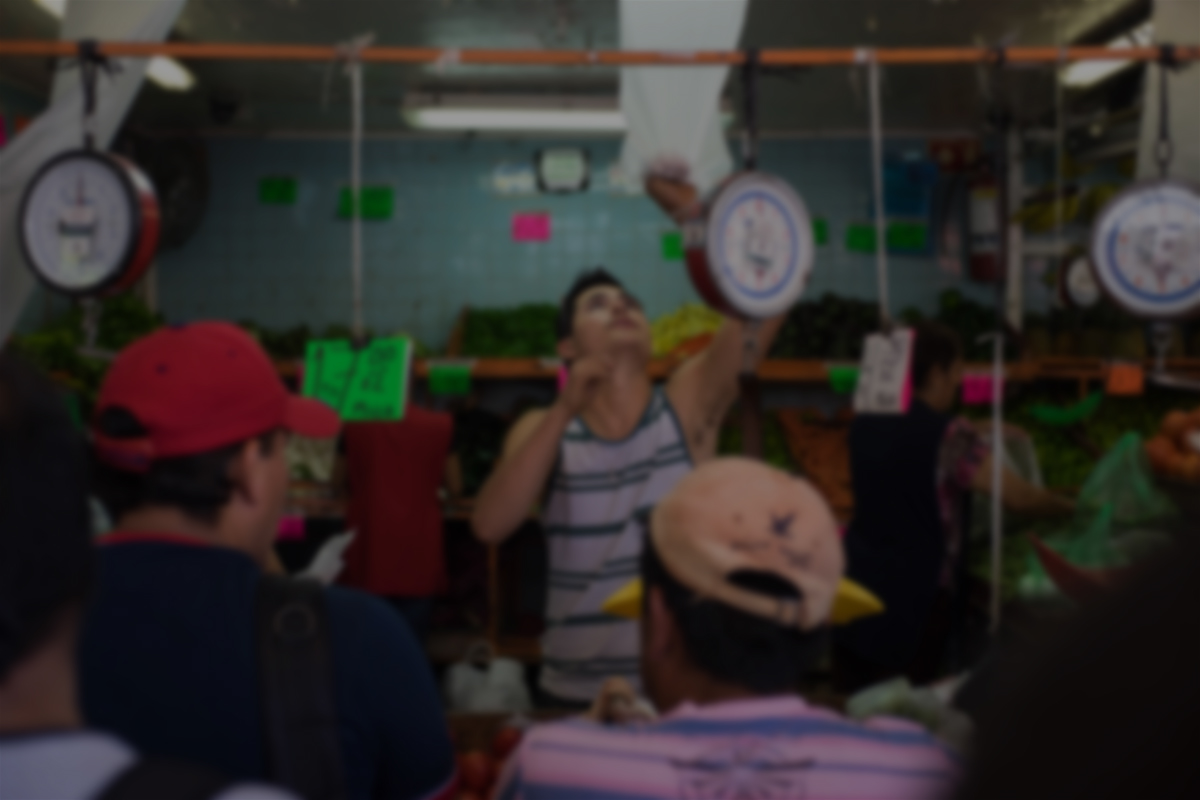In my last post, I gave a quick introduction to design research. In this article, I’ll focus on what you can do as a business to prepare your team for the field. My next post gives some practical advice for the interview if you get to ride along with the research team!
Design Research (DR) is an opportunity to step out and see the world through the eyes of your customers or users.
The open-ended nature of the practice can leave some first-timers a little nervous about preparing for, funding, and sitting in on their first interview. How does a team plan for design research field work? What can you do to make sure that the team has the information it needs to get the most out of their research sessions?
Prepare to engage the Research Team
It usually takes about 1-2 weeks of preparation before a team is ready to go into the field. During this time, the team will be asking a lot of important questions of stake-holders to get a sense of the business, problem at hand, and context of the particular market or industry.
Plan for 1-2 weeks of preparation before the team goes into the field.
To get the most value out of your research team, it pays to be prepared! Start building a folder with documents about your company’s product portfolio – current and projected – and past quantitative and qualitative research data that can be shared with the team.
Be ready for the research team to ask you for:
- Target market and Segmentation Information
- Have you used a marketing agency, such as Neilsen or PRIZM to segment the market and identify key targets? If so, the DR team would like to see these deliverables.
- Have you worked with a branding agency such as Interbrand or Future Brand to find your brand voice, promise, and position? If so, the DR team would like to see these deliverables.
- Business Information
- Are there certain key limitations that your company has from a production standpoint?
- Who are your key partners?
- Do you have an existing customer insights team?
- Are there any key strategic initiatives that your company has already decided on? Who can the team talk to about these? It is often useful for the team to schedule 1-hour phone calls with these stakeholders before going into the field.
- Competitive Landscape
- Who are your key competitors? Has anyone in your company done a quantitative competitive analysis that includes your key competitors?
By the time the team goes into the field, they’ll want to have a good background for what the space is and what your company’s main questions are.
The team may also it’s own pre-research research on their own to get acquainted with the space. In a project about pre-paid cell phones, for instance, I’ve actually gone to Walmart, bought a cheap one, set it up, and used it for the duration of the project. In a project researching gas station convenience stores, we’ve go hung during that week to snap a few pictures and experience buying some things. We’ve also hung out in online forums, followed clients and their competitors on social media, and pre-interviewed friends and co-workers for more context before going into the field!
Choose Interview Locations
Design research is all about context, so choosing the location is important. It is important to have some diversity of location – cultures vary from country to country or even city to city. Often a team will do research in 2-3 different cities to get a well-rounded experience. If there are certain key markets for your product roll-out strategy, make sure the team does research there.
In each city, we always try to do research in the context of where a product will be used or experienced. At my previous company, MedicSana, we liked to talked to doctors and their assistants in their clinics. We talked to patients and family members in their homes.
Not only does this make the participant feel more comfortable, but it allows us to immerse ourselves in their world and look for little clues about how people actually solve problems. You can tell a lot about a person by the way they construct their environment.
What does a Research Team Look Like?
A design research team may have 1-2 interview teams each consisting of 2 people. Sometimes stakeholders from the business like to ride-along to interviews expanding the team to 3. Each interview team includes:
A Moderator:
This person, a trained researcher, will actually run the interview. The main goal of the moderator is to keep the conversation flowing naturally, and most have their own style for doing this. No matter what the team dynamic is, during the interview she is the boss. The moderator may ask for the team to chime in with questions from time to time, but this is the moderator’s show, so she keeps control of the conversation.
A Note Taker:
This person is usually a trained designer who will be a member of the team that develops the end product. The Note Taker person will be responsible for managing equipment (camera, recorder, activity materials, etc…) as well as taking notes during the interview. Designers learn the research practice from being note takers first, so it is not uncommon for the Moderator and the Note Taker to switch roles from one interview to the next.
Ride-Along (optional)
Often, on a project, a client, stakeholder, or younger designer will come along to an interview to get a feel for how interviews are run. This can really be a great experience for members of the business or project team to gain context for the customers you will serve. If you’re riding along to an interview, you’re a part of the team – we always put our ride-alongs to work taking notes, contributing to the synthesis process, and being an advocate inside the business for the customer. If you’ll be riding along to an interview, please make sure to read my post about What you need to know in the interview room.
It is really pushing it to have more than 3 people attend any single interview – imagine inviting 4 strangers into your house to watch you answer personal questions about medical devices, finances, or have them following your every move at work! Not only that, but often space becomes an issue when you are trying to shuffle 4 people around plus a participant around a tiny living room, kitchen, or office! On many projects that I have been on, we’ll rotate this third spot out so that 5 or 6 people get the opportunity to attend an interview or two.
Review the Interview Script
The interview script outlines the questions the Moderator will ask participants. Before the research interviews start, the team may ask you to review the script.
Collaborating on the interview structure forces the team to think through the problem broader at hand: what are we really trying to figure out here? What are the core pieces to this puzzle? What sorts of activities can we use to get to the root of a participants understanding of a complex problem? Collaborating on the script is also important to align the team on goals before going into the field, especially if there is going to be more than one team conducting interviews.
In the interview, the script is generally followed loosely – it is simply a guide to maintain a natural flow and gently nudge the conversation in the right directions. Even though we often walk into an interview with 70+ questions written on a sheet, we’re not there to rigidly get all of the questions get answered. Our most useful insights often come from the things that we didn’t know we should have been asking, and the most useful stories come from engaging conversations.
In the field, the script may evolve overtime as the team notices trends in the first few interviews that need to be explored. This is a great thing, – the team is learning something new!
What’s Next?
Alright, the team has everything together, you’ve talked to them several times to make sure that expectations are aligned, and it is time to go into the field! In my next post, I talk about what to expect and how to conduct yourself if you get to ride along with the team to an interview.
Questions about DR? Feel free to shoot them over on twitter @kyle__Becker
More about Me
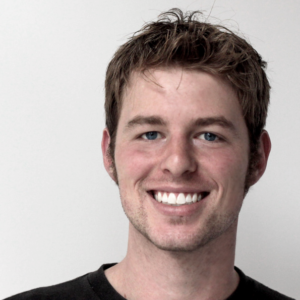 I’m currently looking for my next opportunity as a design researcher or scrum product owner. Shoot me an email at gnefkow87@gmail.com.
I’m currently looking for my next opportunity as a design researcher or scrum product owner. Shoot me an email at gnefkow87@gmail.com.
After graduating from the University of Kansas in 2011 with a degree in Industrial design, I joined frog design as an interaction designer for three years before raising funding and rolling on to MedicSana as full-time CEO, designer, and scrum product owner. I have my Product Owner (PSPO I) and Scrum Master (PSM I) certifications. My full work history is on my linkedin page, or download my resume.
In my free time, I read quite a bit about behavioral economics and on my blog, Knowledge in Society, I write about various topics that discuss the relationship between design research, behavioral economics, and entrepreneurship, including a multi-part introduction to design research. I also love photography, check out my photography portfolio here!
